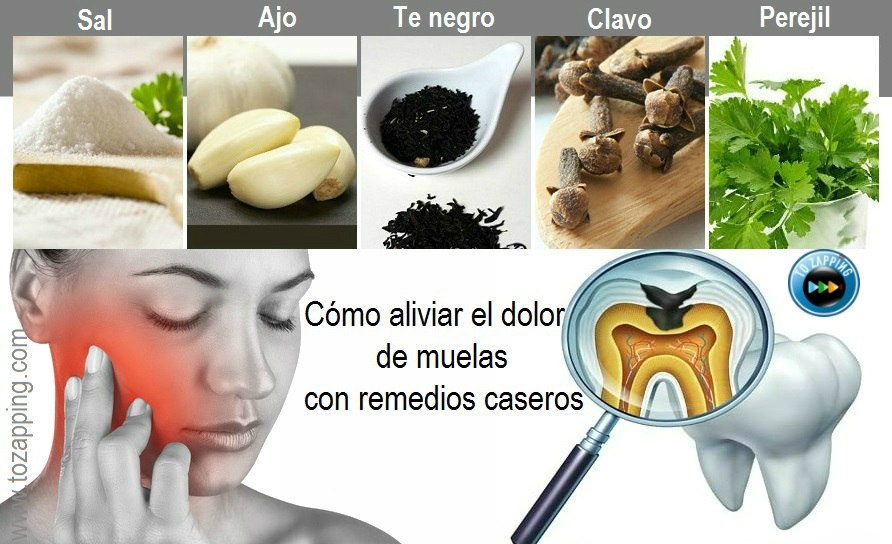What Are Bite Blocks Braces? A Clear Solution

Bite blocks, also known as bite turbos or bite ramps, are small appliances used in orthodontic treatment to correct deep bite issues. A deep bite occurs when the upper front teeth overlap the lower front teeth excessively, which can lead to various problems such as wear on the teeth, jaw pain, and difficulties with chewing and speaking. Bite blocks are designed to alleviate these issues by altering the bite relationship between the upper and lower teeth.
How Do Bite Blocks Work?
Bite blocks work by positioning themselves between the upper and lower teeth, effectively “blocking” the excessive overlap. They are typically attached to the upper teeth and can be made from various materials, including metal, ceramic, or acrylic. By preventing the upper teeth from biting too far down on the lower teeth, bite blocks help to reduce the strain on the jaw and facial muscles, improve the alignment of the teeth, and enhance overall oral function.
Types of Bite Blocks
There are different types of bite blocks that can be used, depending on the specific needs of the patient. Some common types include:
- Removable Bite Blocks: These can be taken out by the patient for cleaning and during meals. They are a good option for patients who have a mild deep bite and prefer the flexibility of being able to remove their appliance.
- Fixed Bite Blocks: These are cemented or bonded onto the teeth and cannot be removed by the patient. Fixed bite blocks are often recommended for more severe cases of deep bite, as they provide constant correction and can help to achieve faster results.
- Adjustable Bite Blocks: Some bite blocks allow for adjustments to be made as the treatment progresses. This feature can be particularly useful, as it enables the orthodontist to fine-tune the bite correction without having to replace the appliance.
Benefits of Using Bite Blocks
The use of bite blocks in orthodontic treatment offers several benefits, including:
- Improved Bite Alignment: By correcting the deep bite, bite blocks can significantly improve the alignment and positioning of the teeth, leading to a more even bite and better chewing function.
- Reduced Wear on Teeth: Excessive wear on the teeth can be a consequence of a deep bite. Bite blocks help to distribute the biting forces more evenly, reducing the risk of wear and potential tooth damage.
- Relief from Jaw Pain: Deep bite issues can lead to strain on the jaw and facial muscles, resulting in pain and discomfort. Bite blocks can help alleviate this strain, providing relief from jaw pain and promoting a more comfortable bite.
- Enhanced Oral Function: By correcting the bite, bite blocks can improve chewing efficiency, reduce the risk of TMJ disorders, and enhance overall oral function.
The Process of Getting Bite Blocks
The process of getting bite blocks typically begins with a consultation with an orthodontist. During this initial visit, the orthodontist will assess the patient’s bite and determine if bite blocks are a suitable treatment option. If so, the next steps involve:
- Impressions and Models: The orthodontist will take impressions of the patient’s teeth to create accurate models. These models are used to fabricate the bite blocks and to plan the treatment.
- Bite Block Fabrication: The bite blocks are custom-made in a laboratory based on the impressions and the treatment plan. The material used can vary, but it is chosen for its durability and comfort.
- Fitting and Adjustment: Once the bite blocks are ready, the patient returns to the orthodontist for fitting. The orthodontist will attach the bite blocks to the teeth (in the case of fixed bite blocks) and make any necessary adjustments to ensure a comfortable and proper fit.
- Follow-Up Appointments: Regular follow-up appointments are crucial for monitoring the progress of the treatment and making any adjustments as needed. The orthodontist will assess how well the bite blocks are working and whether any further corrections are required.
Conclusion
Bite blocks are a valuable orthodontic tool for correcting deep bite issues. By understanding how they work, the different types available, and the benefits they offer, patients can make informed decisions about their orthodontic treatment. Whether used alone or as part of a comprehensive orthodontic plan, bite blocks can significantly improve oral function, reduce discomfort, and enhance the overall quality of life for individuals with deep bite problems.
Key Takeaway: Bite blocks are a specialized orthodontic appliance used to correct deep bite issues by altering the bite relationship between the upper and lower teeth, thereby improving oral function and reducing associated discomfort.
FAQ Section
What are the main benefits of using bite blocks in orthodontic treatment?
+The main benefits include improved bite alignment, reduced wear on teeth, relief from jaw pain, and enhanced oral function. Bite blocks can significantly improve the quality of life for individuals with deep bite issues.
How long does it take to get used to wearing bite blocks?
+The adjustment period can vary from person to person, but most patients adapt to wearing bite blocks within a few weeks. It’s common to feel some discomfort or slight difficulty with speech and eating in the initial days, but these issues typically resolve as the patient becomes accustomed to the appliance.
Can bite blocks be used for both adults and children?
+Yes, bite blocks can be used for both adults and children. However, the suitability of bite blocks as a treatment option depends on the individual case. Orthodontists assess each patient’s specific needs and determine the most appropriate treatment plan, which may include bite blocks among other orthodontic appliances or techniques.


